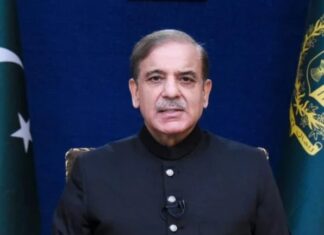Pakistan and China had launched CPEC in 2015 with an initial investment portfolio of about $46 billion which was subsequently increased to $60 billion. However, the actual investment remained far below.
he PML(N) initially treated CPEC as a special gift to it from the Chinese government, keeping details of development plans close to its chest, which caused bickering between the government and opposition parties. Beijing had to step in to put an end to the disputes. What goes to the credit of the PML(N) government however was that the first phase of the CPEC comprising roads and power plants was by and large completed on time. The pace of CPEC developments was remarkable, particularly in Punjab.
The PML(N) failed to provide a legal status to the CPEC Authority. This was done by the PTI first by introducing an Ordinance in 2019 followed by a CPEC Authority Bill passed by the National Assembly in 2020 to further fast-track the project. The CPEC Authority finally got legal cover in May 2021 with the unanimous passage of the Bill by the Senate in the absence of the opposition.
The road to CPEC’s completion has proved long and winding. While in opposition many PTI leaders had accused the PML(N) leaders of indulging in corruption while undertaking CPEC projects. The PTI leadership was unwilling to give credit to the PML(N) for the project. Soon after assuming power, the PTI govt dropped a number of CPEC projects, including those connected with Gwadar city from the PSDP. Presently five CPEC power projects face delays. As time passed, a perception was formed that CPEC had been put on the back burner, even though it was so crucial not just to Pakistan, but the whole Belt and Road Initiative of China.
Moves are afoot now to change the perception. On Tuesday the PM appointed Khalid Mansoor SAPM CPEC. This was followed by CPEC Authority Chairman Asim Saleem Bajwa’s resignation. Last month the PM had set up a Pak-China Relations Steering Committee headed by Asad Umar and comprising over a dozen members including federal secretaries, high-level military and ISI officials. The steering committee is supposed to create inter-ministerial synergy and help remove impediments in coordination, finalisation and execution of projects. Nice verbiage, provided it produces results that alone will determine if the government is serious about CPEC.






















